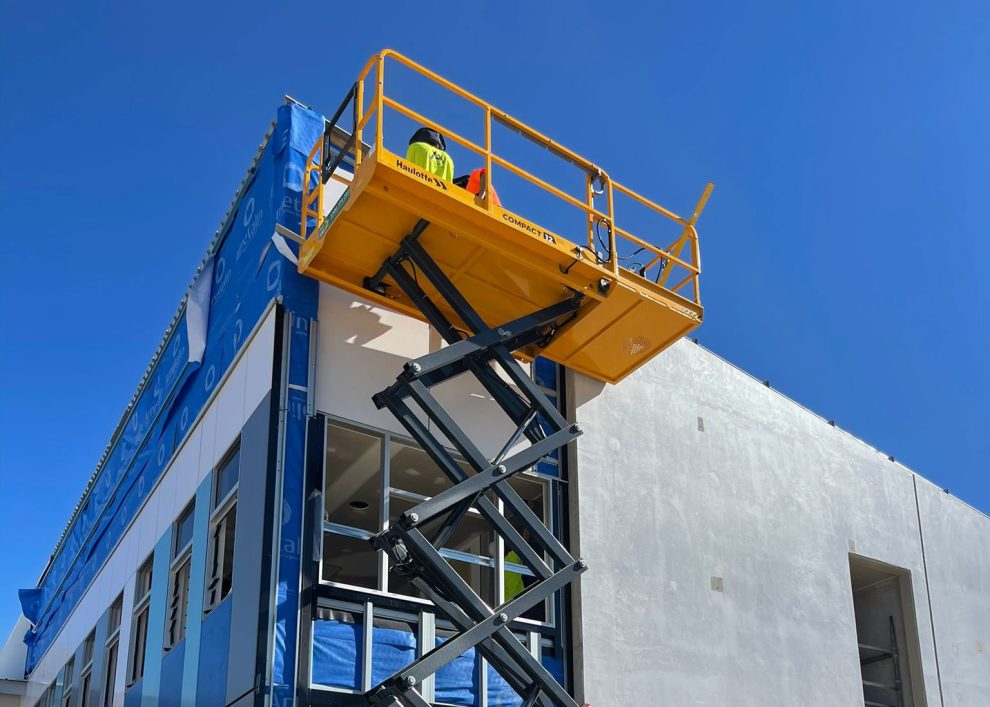Understanding the Critical Need for Proper Certification
The towering construction sites across Singapore and the advanced manufacturing facilities in Jurong share a common requirement: workers who can safely operate aerial work platforms. In Singapore’s highly regulated industrial landscape, the demand for qualified scissor lift operators has never been more pressing. Yet behind every elevated platform and extended boom lies a sobering reality. Improper training leads to preventable accidents, regulatory violations, and potentially fatal consequences.
A course for scissor lift operation represents far more than a bureaucratic requirement. It embodies the fundamental principle that every worker deserves to return home safely at day’s end. The Ministry of Manpower (MOM) Singapore recognises this imperative, mandating comprehensive training for all personnel operating powered industrial equipment, including scissor lifts and aerial work platforms.
The Regulatory Landscape: MOM Requirements and Industry Standards
Singapore’s Workplace Safety and Health Act establishes unequivocal standards for workplace safety. Under these regulations, employers bear legal responsibility for ensuring their workers possess proper qualifications before operating any aerial work platform. The consequences of non-compliance extend beyond financial penalties. They encompass potential criminal liability in cases of serious injury or death.
WSH-approved training programmes must address specific competencies:
- Comprehensive understanding of scissor lift mechanics and operational principles
- Pre-operation inspection protocols and maintenance requirements
- Load capacity calculations and weight distribution fundamentals
- Emergency descent procedures and rescue operations
- Hazard identification specific to Singaporean work environments, including high-density urban conditions
- Legislative compliance under the Workplace Safety and Health (Operation of Cranes) Regulations
The regulatory framework reflects lessons learned from industrial accidents across the nation. When a construction worker fell from an improperly stabilised platform at a Tanjong Pagar worksite in 2023, investigators discovered the operator had received no formal training. Such incidents underscore why legitimate certification through an accredited course for scissor lift operation cannot be circumvented.
What Distinguishes Quality Training Programmes
Not all training courses deliver equivalent value. Reputable programmes in Singapore balance theoretical knowledge with extensive practical application. Participants should expect hands-on experience with various scissor lift models, from compact electric units suitable for indoor warehouse operations to robust platforms designed for high-rise construction projects.
Quality training centres provide:
- MOM-approved instructors with documented industry experience
- Modern equipment representing current industry standards
- Comprehensive course materials in English and multiple languages
- Practical assessment in realistic work scenarios
- Valid certification recognised across Singaporean industries
The distinction between adequate and exceptional training often emerges during the practical component. Superior programmes simulate challenging conditions such as confined spaces, overhead obstructions, and proximity to active worksites that operators will encounter in actual work environments. This preparation proves invaluable when faced with real-world complications.
Investment Returns: The Business Case for Proper Training
For Singaporean businesses, comprehensive training represents strategic investment rather than mere expense. Insurance providers increasingly scrutinise operator qualifications when assessing premiums and processing claims. Companies with documented training records and robust safety protocols benefit from reduced insurance costs and improved contractual opportunities.
The financial calculus extends beyond insurance considerations. Workplace accidents generate substantial hidden costs: production delays, equipment damage, regulatory investigations, potential litigation, and reputational harm. A single serious incident can exceed the cost of training an entire workforce. Conversely, properly trained operators demonstrate improved efficiency, reduced equipment wear, and lower maintenance expenses.
Addressing Common Misconceptions and Shortcuts
The Singaporean industrial sector occasionally encounters dangerous misconceptions about scissor lift operation. Some employers mistakenly believe that operating a scissor lift requires minimal skill, or that brief on-the-job instruction suffices. Others assume that experience with forklifts or other industrial equipment translates directly to aerial work platform competency.
These assumptions prove costly. Scissor lifts present unique operational challenges and hazard profiles. Their elevated work positions, stability requirements, and emergency procedures demand specific training that cannot be adequately addressed through informal instruction. The course for scissor lift certification exists precisely because these machines require dedicated expertise.
Selecting the Right Training Provider in Singapore
Singapore hosts numerous training centres offering scissor lift courses, but quality varies considerably. Prospective participants should verify MOM approval and investigate the provider’s track record. Established centres maintain relationships with major industrial employers and demonstrate consistent student outcomes.
Key evaluation criteria include:
- Current MOM approval and WSH accreditation
- Qualified instructors with verifiable credentials
- Modern training equipment and facilities
- Transparent course structure and assessment methods
- Post-training support and refresher course availability
The investment in proper training pays dividends throughout a worker’s career. Certification opens employment opportunities across construction, manufacturing, logistics, and facilities management sectors. For employers, a trained workforce represents competitive advantage in an increasingly safety-conscious marketplace.
Conclusion: Building Singapore’s Industrial Future Safely
As Singapore advances its industrial capabilities and infrastructure development, the foundation of progress rests upon properly trained workers. The course for scissor lift operation stands as an essential component of this foundation. It protects lives, ensures regulatory compliance, and builds professional competency. In an industry where elevation brings both opportunity and risk, proper training remains the most reliable safeguard against tragedy.












